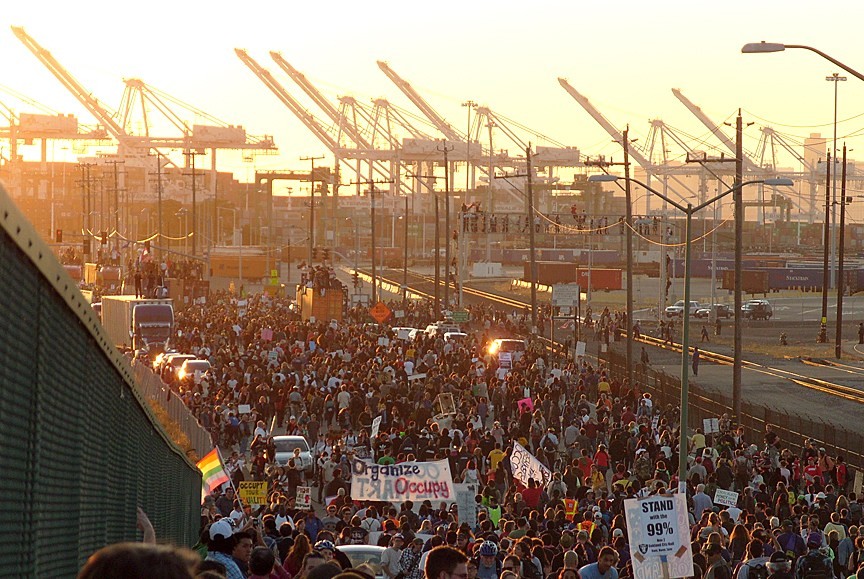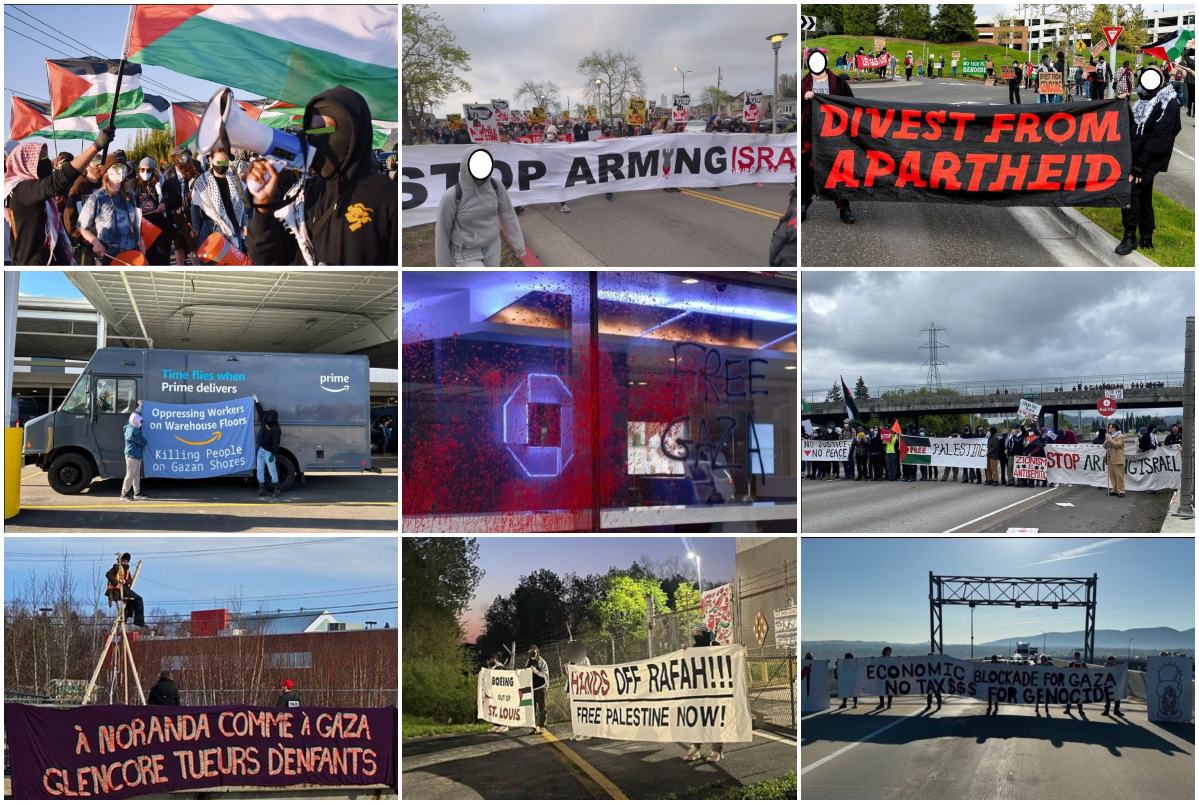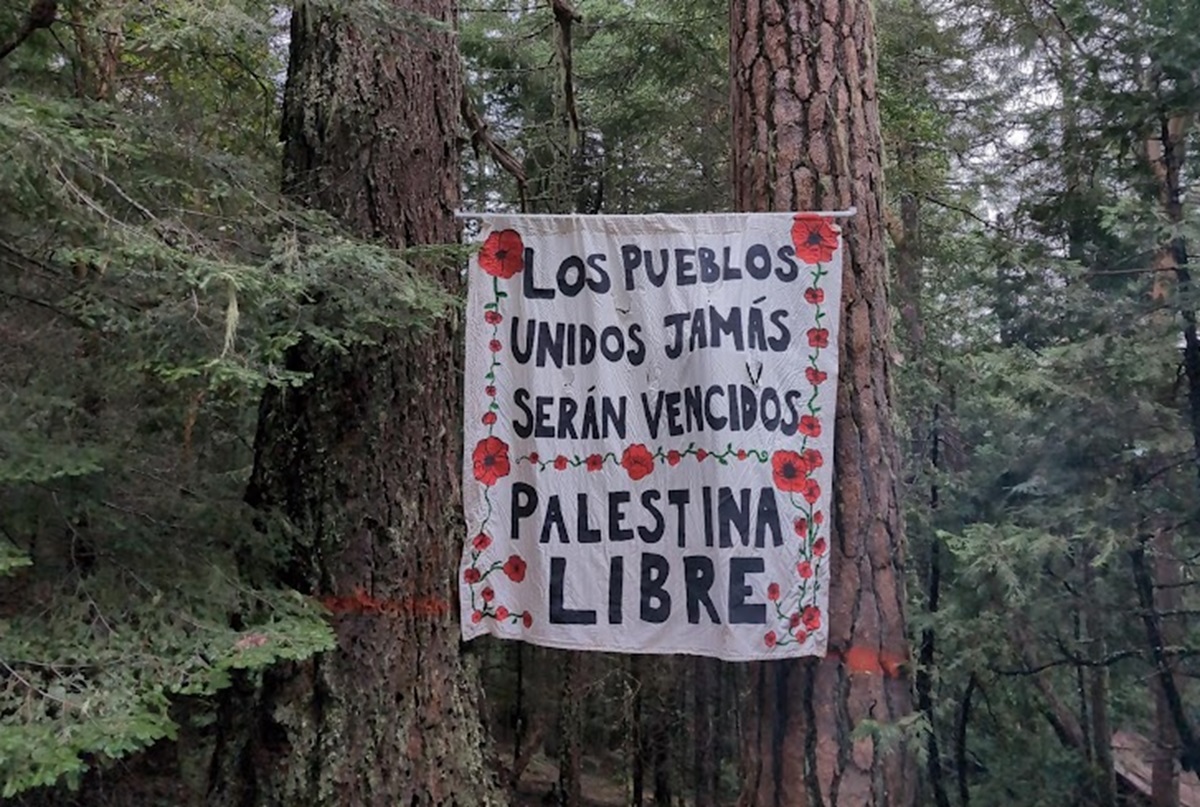Filed under: Analysis, Anarchist Movement, Labor, Police, The State

Since the nationwide protests against Donald Trump’s Muslim ban, talk has circulated online about the possibility of mass strikes against the Trump regime. Activists, artists and academics have called for a variety of mobilizations, from the February 16th “day without an immigrant” to a February 17th general strike, to a national women’s strike on March 8th. The proposals have in turn prompted a debate over the meaning of the term “general strike,” and how one capable of halting Trump could be organized.
The AWWP editors have a range of feelings about the general strike idea. One thing we want to add to the discussion, however, is to pose the question: what happens to police when a general strike breaks out? If history is any guide, we can venture a guess. They start to disappear.
General strikes interrupt daily life and grind the machinery of capitalism and the state to a halt. In addition to taking the streets, general strikes also freeze production and profit-making, as workers cease to work across all workplaces in a given city or country, simultaneously. The result is more powerful than any boycott or demonstration: daily life is suspended in midair as factories, shops and transport shut down, and everything is up for grabs.
In this situation, police generally try to repress the strike and force crowds off the streets and back to work. They attack demonstrations and secure capitalist property, and coordinate closely with economic and political elites who are thrown into panic. But in many cases, police repression alone is not enough to quell such a massive mobilization. The longer the strike goes on, the more police control over territory and daily life begins to erode.
At the same time, the strike movement is forced to deal with pressing social needs. Food must be delivered, sick people must be cared for, and so on. As a result, the organizations leading the general strike are often compelled to begin coordinating basic services in place of the capitalist bosses and politicians. In the process they create a “dual power”–a center of collective decision-making and authority that competes with the capitalist state for legitimacy. Crucially, dual power often includes mechanisms to address community safety.
THE LONGER THE STRIKE GOES ON, THE MORE POLICE CONTROL OVER TERRITORY AND DAILY LIFE BEGINS TO ERODE.
Safety is an immediate concern during a general strike. On the one hand, police, paramilitary groups paid by the state, and in some cases the military are mobilized to repress the movement. On the other hand, as the machinery of the state falls into paralysis, working class communities have to find alternative ways to address their internal conflicts. As a result, strike organizations often form different kinds of safety committees, first to protect strikers from the clubs and guns of the state, and then to manage everyday safety and order. The 1919 general strike in Seattle, for example, saw strike committees replace the state in managing city supplies, and an unarmed “Labor War Veteran’s Guard” replace the police on the streets.
Historically, most general strikes emerged from industrial conflicts and were organized by mass organizations of workers. The recent examples we have of “general strike”-type mobilizations in the U.S, however, look different. They involve not just industrial workers but also students, teachers, service workers, and women refusing reproductive labor. In addition to labor conflicts, they are also fueled by broader economic grievances outside the point of production, as well as police violence. (The 2011 Oakland general strike, for example, drew from the anti-police politics prominent in the Bay Area since the 2009 Oscar Grant rebellion). All these differences reflect the shifting class composition of contemporary capitalism, and indicate that future general strikes will probably look different than they have in the past.
Regardless of their changing shape, general strikes are major eruptions of class struggle. Sometimes they spill over into a revolutionary transformation of society as a whole. Sometimes they are negotiated to a close, with major concessions from the ruling class. Sometimes they are savagely repressed. But in all cases general strikes illuminate the potentials for a world without police–a potential which becomes more real as the state is dismantled through popular mobilization. As we continue to discuss a general strike against Trump, we should make this potential part of the conversation.





